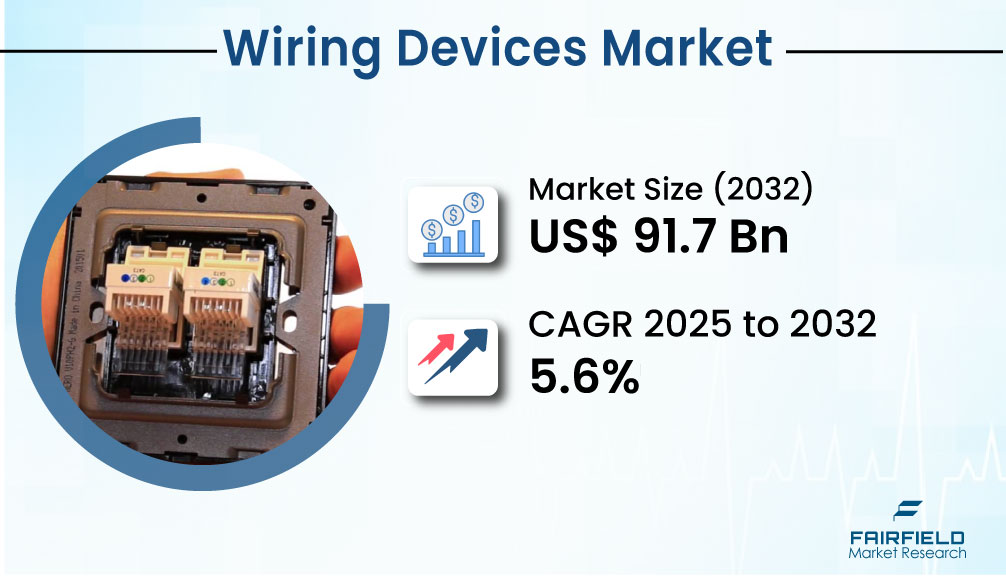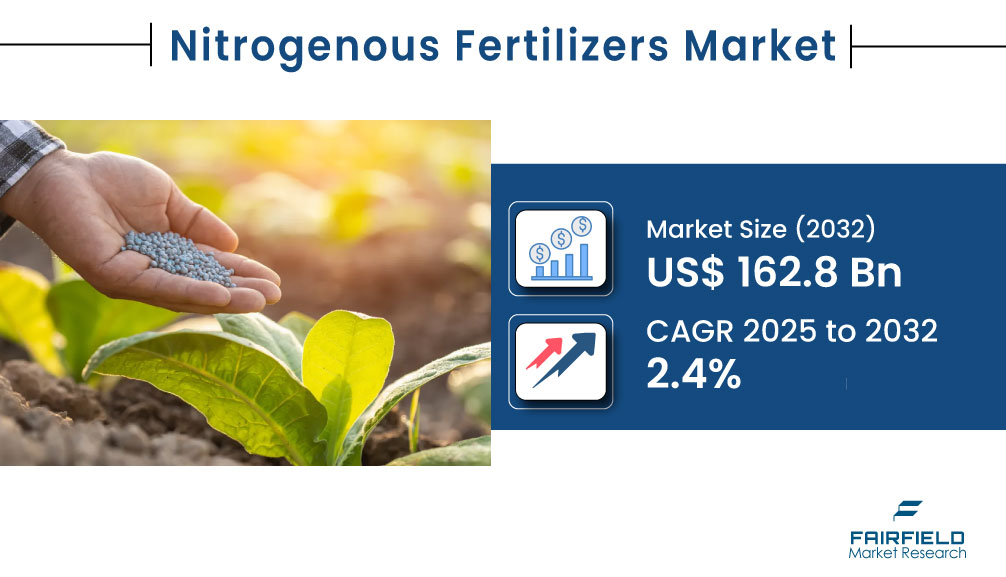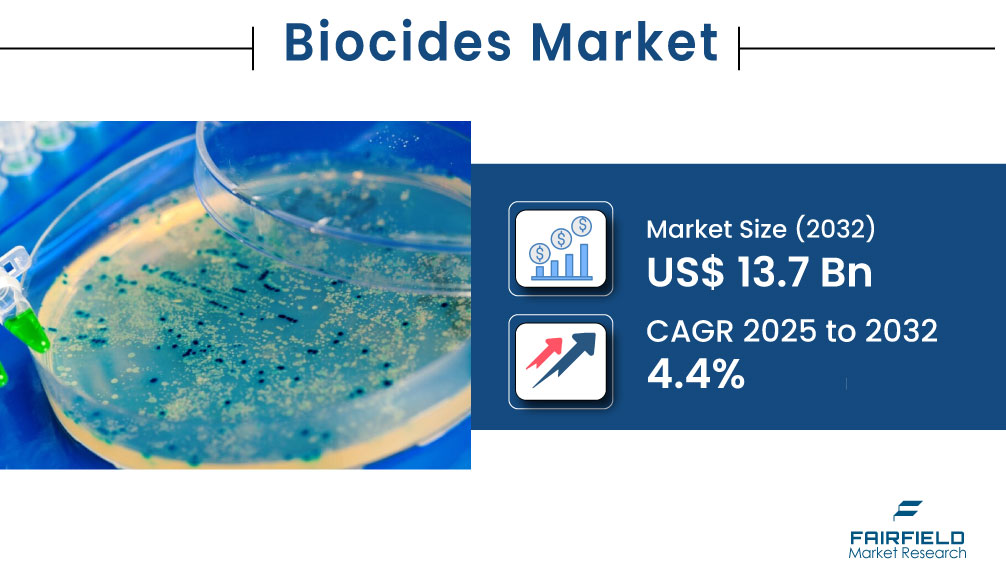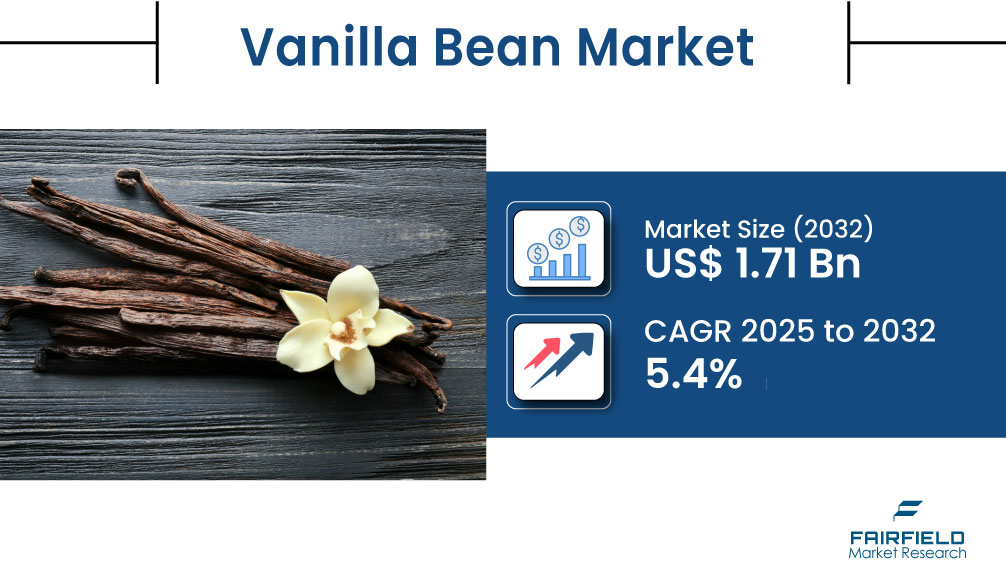Wiring Devices Market Set for Dynamic Growth, Projected to Hit US$ 91.7 Billion by 2032 as Smart Living and Electrification Accelerate

Strong 8k brings an ultra-HD IPTV experience to your living room and your pocket.
the global wiring devices market is expected to expand from US$ 61.8 billion in 2025 to US$ 91.7 billion by 2032, recording a CAGR of 5.6% over the forecast period. This growth is being fueled by sweeping changes in how electricity is managed, distributed, and optimized—largely driven by the global transition to smart living environments, renewable energy, and electrified transportation systems.
𝐄𝐱𝐩𝐥𝐨𝐫𝐞 𝐭𝐡𝐞 𝐅𝐮𝐥𝐥 𝐑𝐞𝐩𝐨𝐫𝐭: https://www.fairfieldmarketresearch.com/report/wiring-devices-market
Wiring devices are no longer basic components; they have become essential elements in intelligent infrastructure, powering connected homes, digitally integrated buildings, and EV-compatible systems. From modular circuits to app-controlled outlets, the market is seeing innovation on multiple fronts as demand for automation, efficiency, and safety grows across sectors.
Smart Energy Management Leads Market Expansion
The global emphasis on energy efficiency continues to shape the wiring devices industry. Governments and institutions are encouraging energy-saving technologies through policy support, green building codes, and financial incentives. Smart switches, programmable outlets, and circuit protection devices are increasingly deployed in new buildings and renovations alike to reduce power consumption and provide better control.
In India, the Bureau of Energy Efficiency reported that in 2023–24, energy-saving initiatives led to 321.39 billion units of electricity conserved, saving nearly US$ 20 billion—highlighting the vital role of efficient wiring systems in reducing energy costs.
Meanwhile, the explosive rise of the electric vehicle market is adding momentum. The U.S. Department of Energy estimates the need for 28 million EV charging ports by 2030, underscoring a critical requirement for specialized, high-capacity wiring devices that can support both fast and home-based charging setups.
Barriers: Compatibility and Upgrade Complexity
Despite rapid advancements, older infrastructure presents challenges. Many existing residential and commercial buildings are not equipped to support today’s IoT-based smart wiring systems, making retrofitting both expensive and technically complex.
The cost factor—especially in price-sensitive markets—remains a barrier. Additionally, uncertainty around future-proofing technology has made some consumers hesitant to invest in smart wiring solutions that may evolve or become obsolete quickly.
Product Landscape: Strong Outlook for Current-Carrying Devices
Current-carrying devices—such as switches, connectors, and receptacles—are expected to dominate the product segment, accounting for 45.1% market share by 2025. These components are crucial for establishing reliable power flows and are widely used across residential, commercial, and industrial sectors.
Circuit protection devices like fuses, breakers, and surge protectors are also seeing growing adoption. As modern electrical systems become more complex, safety-critical components are gaining priority in system design and retrofits.
Applications: Commercial and Residential Segments to Drive Growth
The commercial segment is forecast to capture 39.2% of the market by 2025, propelled by renovations, smart building projects, and regulatory compliance efforts across business complexes, retail spaces, healthcare facilities, and educational institutions.
On the residential front, consumers are increasingly adopting smart home technologies, including voice-controlled lighting, app-managed plugs, and energy-monitoring switches. Rising awareness, improved affordability, and the popularity of smart home assistants are accelerating demand across urban and semi-urban regions.
Regional Overview: Asia Pacific Remains Growth Engine
Asia Pacific is projected to maintain its leadership position, commanding more than 35% market share by 2025. Factors driving this growth include extensive urban development, industrialization, and robust government-led smart city initiatives in countries like China, India, and Indonesia.
Programs such as India’s Smart Cities Mission and China’s urban digitization strategy are generating consistent demand for energy-efficient wiring systems, while Japan and South Korea are boosting installations through clean energy and EV policies.
North America continues to show strong potential. A 3.9% rise in housing completions in March 2025, coupled with US$ 311.1 billion in construction spending during the first two months of the year, supports the steady adoption of smart wiring devices, particularly in new residential and data center projects.
In Europe, green energy regulations and infrastructure upgrades are creating new market opportunities. Germany increased its renewable electricity share to 59.0% in 2024, while the UK launched a £4 billion grid modernization plan. Spain’s smart city investments in urban infrastructure also contribute to the growing demand for connected electrical systems.
Trends Shaping the Market
Key trends defining the future of the wiring devices market include:
Modular systems that simplify upgrades and customization
Integration with EV charging stations and solar-powered grids
Smart home compatibility with platforms like Google Home, Alexa, and Apple HomeKit
Emphasis on fire safety, tamper resistance, and child-safe designs
Compliance with global codes such as the UK’s BS 7671:2018/A3:2024 and U.S. UL 2610 standard
Recent Developments
In March 2025, ELEGRP introduced TrapConnect, a next-generation wiring solution that enables screw-free, tool-free wire connections in under 8 seconds. Designed for use in both residential and commercial applications, the system improves safety and efficiency during installation.
In August 2024, Schneider Electric rolled out an upgrade to its X Series connected wiring devices, incorporating the Matter protocol to ensure broader interoperability and enhanced real-time energy management features.
Key Players in the Market
- Legrand
- Schneider Electric
- Panasonic Corporation
- ABB
- Honeywell International, Inc.
- Eaton Corporation
- TE Connectivity
- Hubbell Incorporated
- SMK Corporation
- IPEX Electrical Inc
- Lex Products
Expert Insight
Industry analysts note that the wiring devices market is evolving beyond traditional utility and moving toward digital enablement and sustainability. Manufacturers that invest in connectivity, modularity, and eco-friendly materials are well-positioned to lead the next wave of global demand.
With cities becoming smarter, homes more connected, and energy systems more responsive, wiring devices will serve as the central nervous system of tomorrow’s buildings.
Note: IndiBlogHub features both user-submitted and editorial content. We do not verify third-party contributions. Read our Disclaimer and Privacy Policyfor details.







